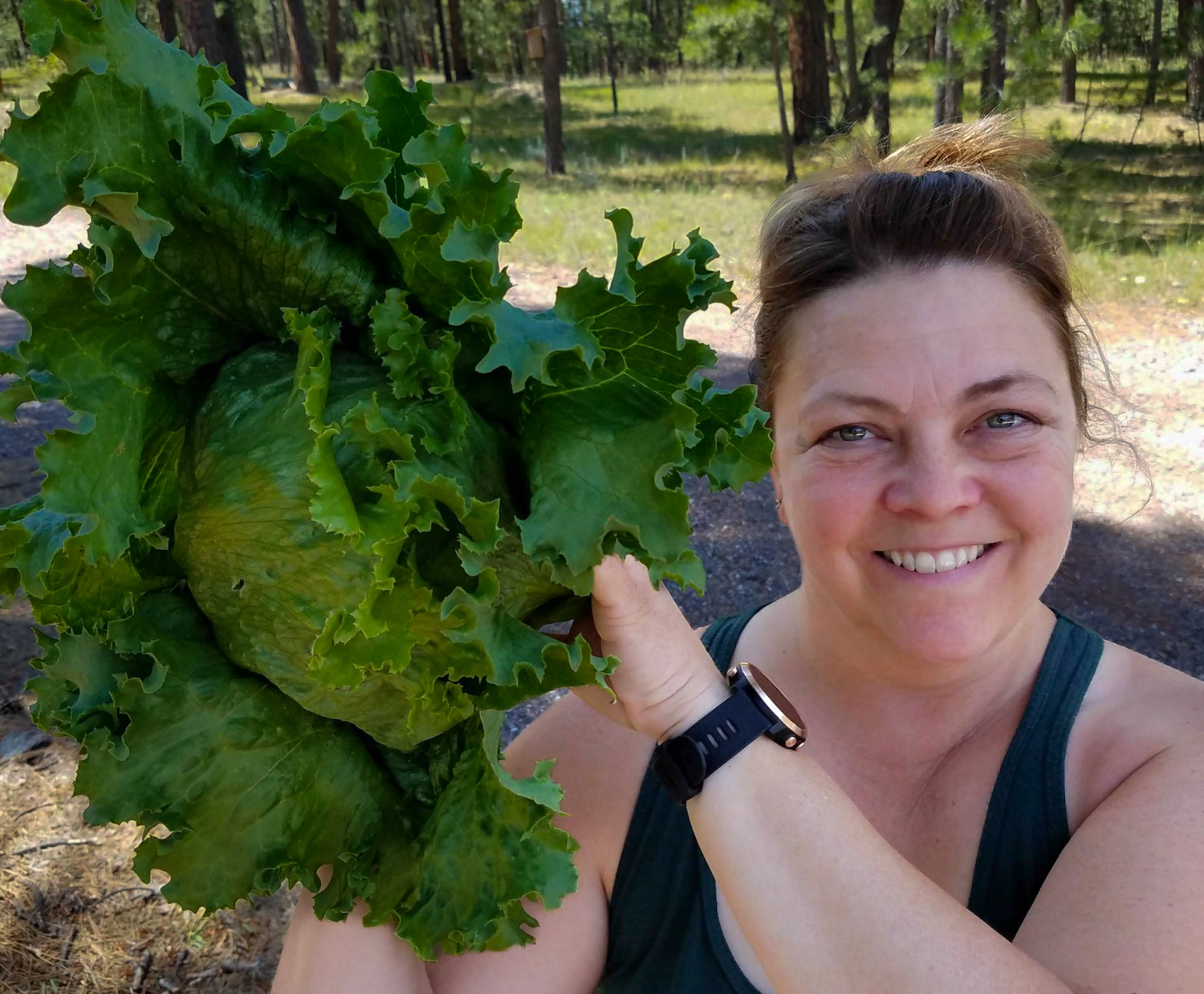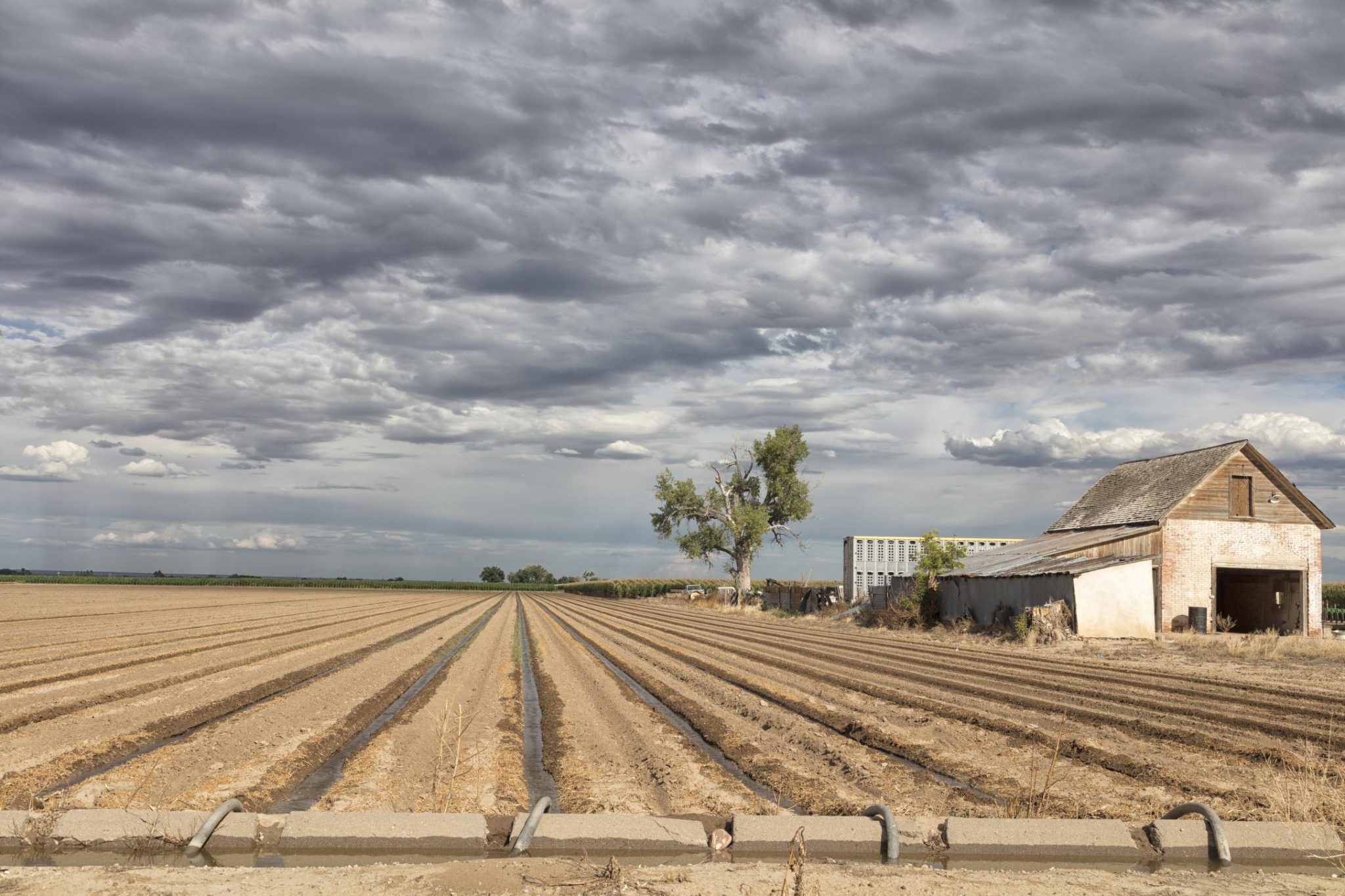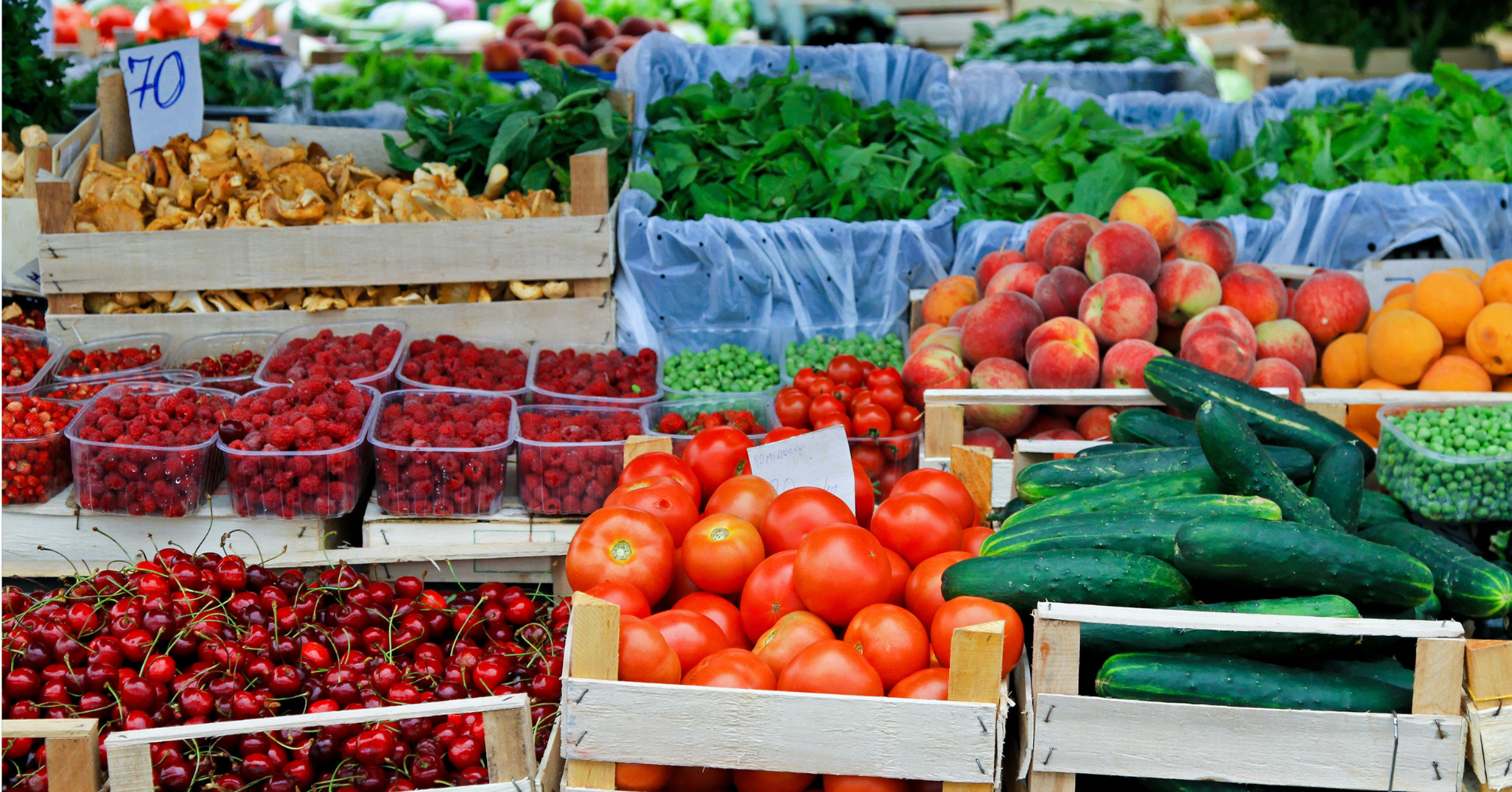Collaborative grant brings new food system resources to El Paso, Pueblo and Fremont counties

With nearly one million mouths to feed across El Paso, Pueblo and Fremont Counties, describing the interconnected systems that put food on people’s plates as complex is a good starting point.
To make things easier, the newly formed Central Colorado Foodshed Partnership is taking strides to support the regional economy and residents’ health by establishing a baseline understanding of the area’s food systems and developing a strategic plan that will facilitate better connections between farmers and consumers.
The partnership is a collaborative effort led by El Paso County Health and supported by a $147,000 USDA planning grant that includes CSU Extension, El Paso County, JH Consulting, LLC, the University of Colorado at Colorado Springs, and the City of Colorado Springs Office of Innovation.
“It’s rare to see a partnership like the one represented with this grant,” said Michele Ritchie, a local food systems coordinator with CSU Extension in El Paso County.
“Having El Paso County Public Health leading this effort brings a tremendous amount of expertise and experience to the project and will empower all of the team members as we work together to build community connections, strengthen farm production and increase access to local food region-wide,” Ritchie said.
The Central Colorado Foodshed Partnership is starting with a foundation in place, built over the years by diverse groups of community members and organizations across the three counties. The team will be gathering details on projects and programs that have taken place over the past 10 years, assessing their successes, failures and potential areas of opportunity.
“It all comes down to really wanting to support the farm down the road.”
– Michele Ritchie, Local Food Systems Coordinator, CSU Extension El Paso County

The challenge for farmers
For seasoned-hands and beginners alike, farming can be a tenuous venture with challenging variables like drought, land access, shifting market factors and access to community support poised to shake up operations at any point.

“If the people who want to farm don’t get the support they need to make informed decisions or access critical resources, they’re much more likely to go out of business, which hurts the system as a whole” Ritchie said.
“It all comes down to really wanting to support the farm down the road and valuing the role they play in putting healthy and delicious food on our plates,” Ritchie said. “In return, our local farmers and ranchers contribute to a resilient food system and help to minimize food insecurity at the local level.” Ritchie said.
The challenge for consumers

People who live in Pueblo and Fremont Counties have the two lowest life expectancies of all the major counties in Colorado, and a growing body of research points to food access as a major factor for general health outcomes.
Across Pueblo, Fremont and El Paso counties, one in every three residents lives in a low-income and low food-access area, formerly known as a food desert.
What this looks like at the ground level could be no supermarkets or grocery stores within miles of your home or not having reliable transportation to access food at other locations.
Part of the grant program will be facilitating focus groups with farmers and consumers to not only get more detailed information about how the area’s food systems function, but how that impacts producers and residents in their daily lives and what may be needed to improve those outcomes.
“We’re hoping to continue growing the regional partnership by facilitating connections between key individuals and organizations who can help us create strategic alliances for farmers, map the assets we have in our region, minimize food insecurity, and foster open communication channels on all levels of the food system.” Ritchie said.

Next steps
The main areas of work for the project team members include:
- Conducting stakeholder focus groups
- Completing a food system resilience assessment
- Creating a strategic communications plan
- Cataloging the farms and ranches within the tri-county region
- Developing a strategic plan that could help secure a follow up USDA implementation grant of up to $1,000,000
The planning grant will culminate in 2024 with a foodshed meeting where significant findings will be shared and community stakeholders will continue to be engaged in the planning and implementation process.